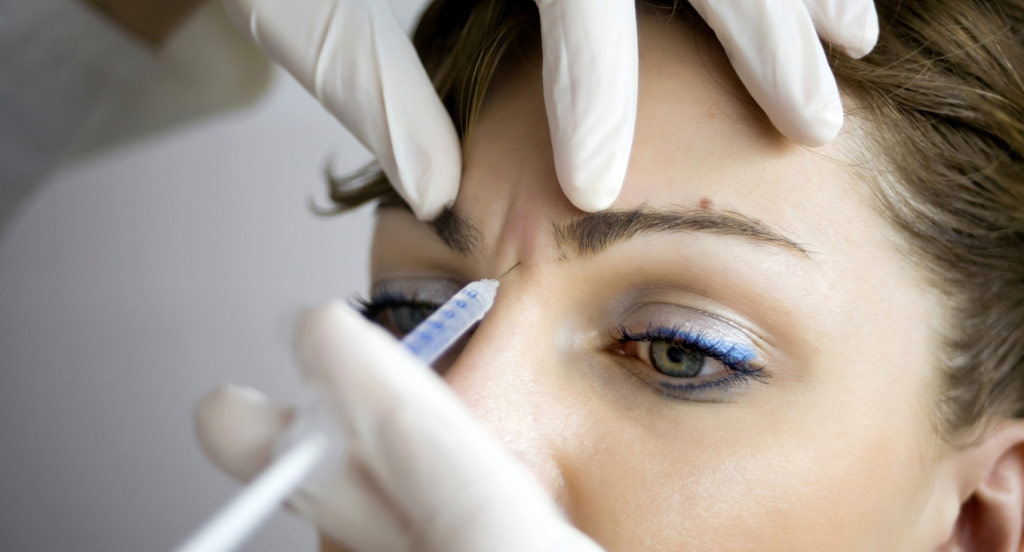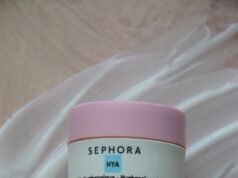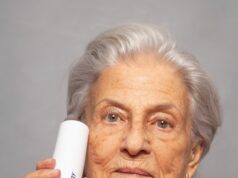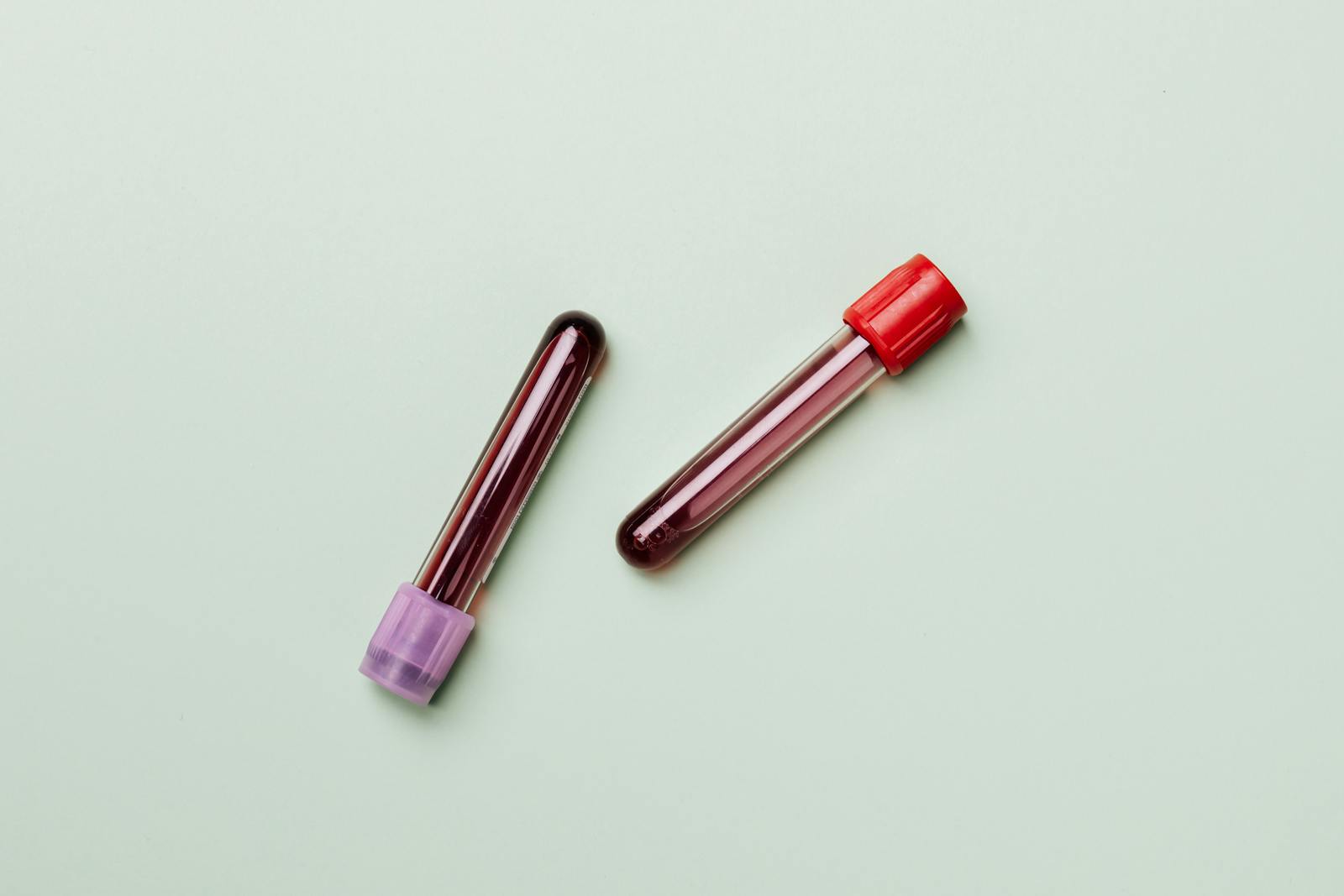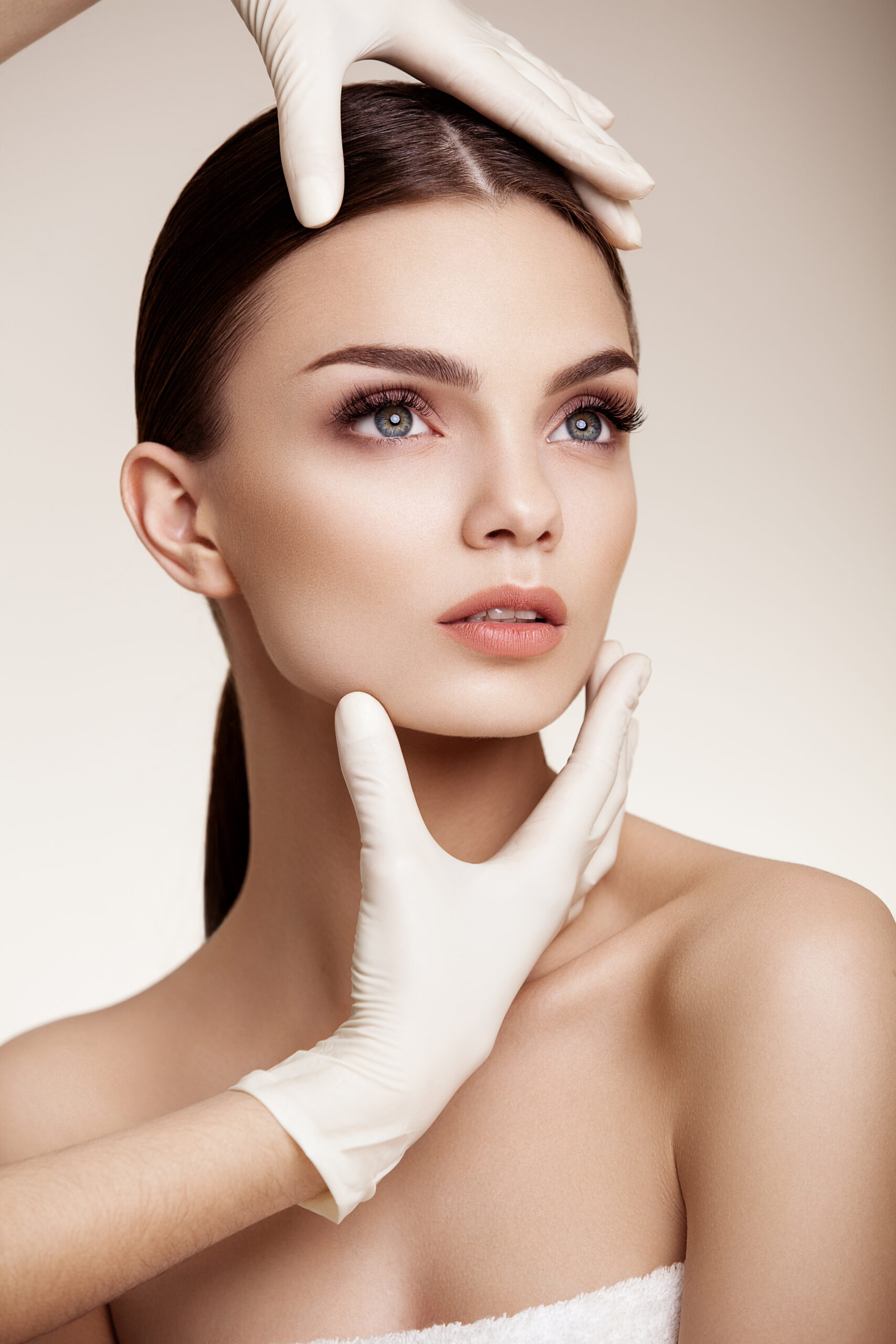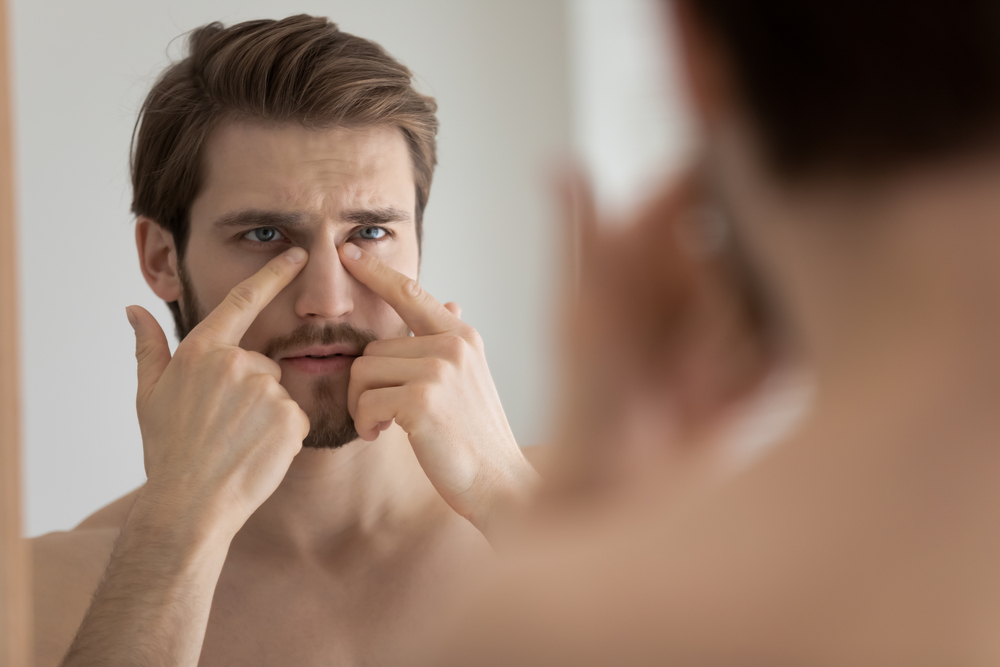Botox, short for botulinum toxin, has gained immense popularity in recent years as a non-surgical treatment for a variety of aesthetic concerns. Originally developed for medical use, it has become a go-to solution for those seeking to enhance their appearance with minimal downtime. Administered by qualified professionals, Botox works by temporarily paralyzing the muscles responsible for creating wrinkles, fine lines, and other signs of aging.
One of the most common areas for Botox treatment is the forehead, where horizontal lines can develop due to repetitive facial movements. Similarly, crow’s feet—those fine lines that fan out from the corners of the eyes—can be softened with precise injections. Another popular area is the frown lines between the eyebrows, often referred to as “11s,” which can make a person appear more stressed or angry than they feel.
The appeal of Botox lies not only in its effectiveness but also in its relatively quick application and recovery time. Most treatment sessions last around 10 to 30 minutes, allowing individuals to return to their daily routines almost immediately. Results typically become visible within a few days and can last for three to six months, depending on the individual’s metabolism and the treatment area.
In addition to its cosmetic uses, Botox has also been found effective in treating medical conditions such as migraines, excessive sweating, and muscle spasms. This dual purpose highlights its versatility and the growing acceptance of Botox in both aesthetic and medical fields.
However, it is essential for individuals considering Botox to consult with certified professionals to ensure safety and optimal results. Like any cosmetic procedure, there are potential side effects, including bruising, swelling, or, in rare cases, an undesirable outcome if not administered correctly.
In conclusion, Botox continues to be a leading choice for those seeking to achieve a more youthful appearance without invasive surgery. Its effectiveness and convenience make it a compelling option for both aesthetics and therapeutic treatment, maintaining its status as a popular choice in the beauty industry.

